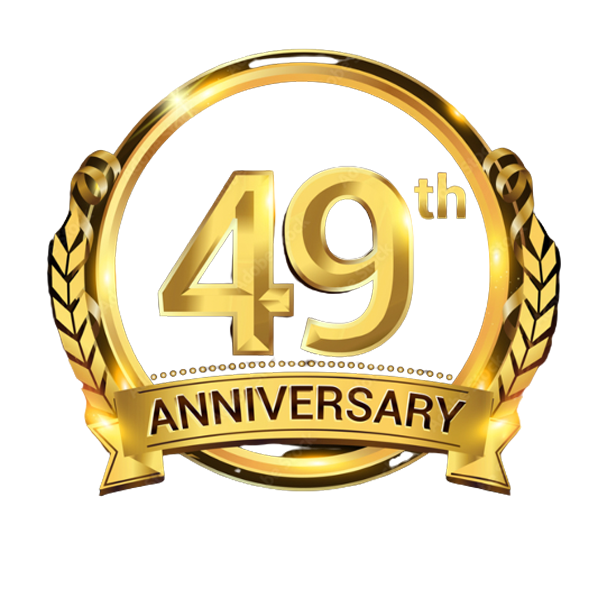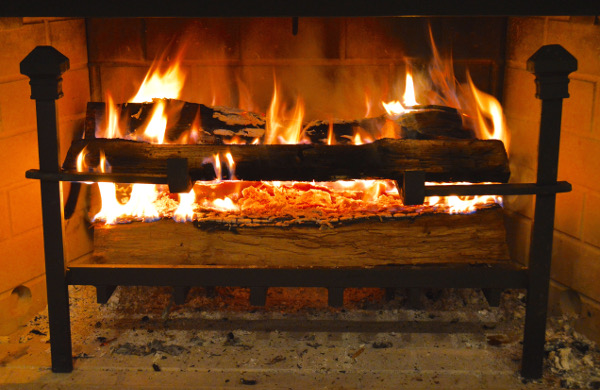About the Inventor
Lawrence Cranberg, PhD was a nuclear physicist, inventor and entrepreneur whose career spanned seven decades, but the wonder and beauty of science was always on his mind. Raised in the Bronx by Russian and Polish immigrant parents, he would not find his way to “the land of milk and honey” – his beloved Texas – until years later.
His career in science began in 1940 at the Signal Corps Engineering Labs where he was a Senior Physicist. Dr. Cranberg developed systems of target detection and location-based use of infra-red radiation, a precursor technology to today’s autofocus cameras. He later joined the Los Alamos National Laboratory where he became a fellow of the Atomic Energy Commission.
At Los Alamos, he was a protégé of Hans Bethe, and conducted groundbreaking research on high energy neutrons. Dr. Cranberg was appointed to the US delegation to the First International Conference on the Peaceful Uses of Atomic Energy at Geneva in 1955 where he reported on his work. Among his many widely-cited publications were papers in The Scientific American and Physics Today. Dr. Cranberg also generously shared his intuitive insights with colleagues; one such insight directly led to the discovery of the neutrino. Dr. Cranberg was elected a Fellow of the American Physical Society in 1958 – his nomination made by 1995 Nobelist and neutrino pioneer Frederick Reines and J.M.B. Kellogg. Once introduced as “Mr. Nanosecond” by Sir Denys Wilkinson to a London physics conference, Dr. Cranberg developed the means to measure a billionth of second before “nanotechnology” was a word; his “time-of-flight” method of measuring neutron spectra became the foundation for neutron spectrometry.
Following a Guggenheim fellowship in 1962, Dr. Cranberg was instrumental in securing a federal grant to the University of Virginia to build and to become founding director of its Physics Accelerator Laboratory. He was a devoted scientist and teacher. Thirty years later, one of his grateful graduate students – Dr. Long Nguyen – would endow a scholarship and faculty research in his name at George Mason University, remarking that Dr. Cranberg inspired him by exemplifying the work ethic of American scientists.
Dr. Cranberg didn’t hesitate to fight for justice whether it be the case of his own academic freedom, or his involvement in the lawsuit that eventually forced UVA to accept women into its formerly all-male undergraduate school. In 1971, Dr. Cranberg moved to Austin where he joined a small high-tech company, eventually starting his own firm to develop fast-neutron techniques for the treatment of cancer.
In 1975, while tinkering with log formations in his fireplace, Dr. Cranberg invented the Texas Fireframe® grate. Applying the laws of physics to fire-building, he discovered that a unique arrangement of logs distributes more heat into the room and less up the chimney. Later dubbed “The Physicist’s Fire” by Time magazine, his invention has warmed many homes nationwide, and 42 years later, the company he started continues to receive fan mail and orders for his unique fireplace grate from customers new and old.
An advocate for social causes throughout his life, Dr. Cranberg fought for racial equality in Virginia (he also recruited the first black graduate physics student at UVA), for the freedom of Russian physicist Andrei Sakharov and for scientists and inventors not properly credited for their work. He wrote incisively about topics from the ethical problems of scientists to the pseudoscientific basis of Marxism. Dr. Cranberg’s candidacy for the U.S. Senate from Texas was inspired by his desire for science to better inform decisions in and of the law. Dr. Cranberg’s capacity for indignation at injustice was matched only by his optimistic belief in his ability to fight for change and to make a difference.
Dr. Cranberg’s enthusiasm, generosity, sense of humor and his quest for knowledge, truth, and justice are just a few of the qualities that his family, friends and colleagues will always remember him for.
He passed away on November 21, 2011, surrounded by his loving family. His daughter Nicole runs the business while his son Alex keeps the home fires burning. His wife Charlotte helped run the business longer than any family member – from its inception in 1975 until her death in 2018.
Home | The Texas Fireframe Story | Best Fireplace Grate Press Reviews | Fireplace Grate Customer Reviews | Do Fireplaces Really Heat? |
Greener Than Gas Logs | About the Inventor | Contact Us | Fireplace Grate Store | Log On To A Smarter Fireplace Blog
© Copyright 2025 Texas FireFrame Co. All Rights Reserved.




